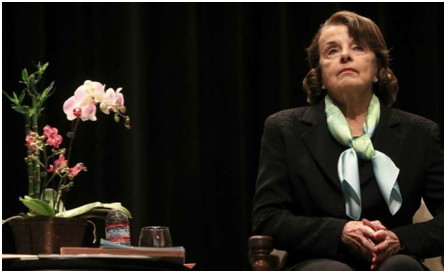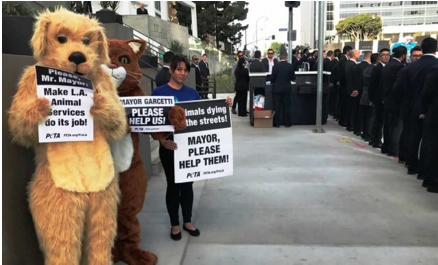Lessons Learned From a True Westside-Style Friday the 13th!
ALPERN AT LARGE--Call it "just desserts". Call it an avoidable tragedy. Call it just part of life and/or human nature. But there was a real nightmare last Friday the 13th in the Westside, and much of it was entirely avoidable.





































